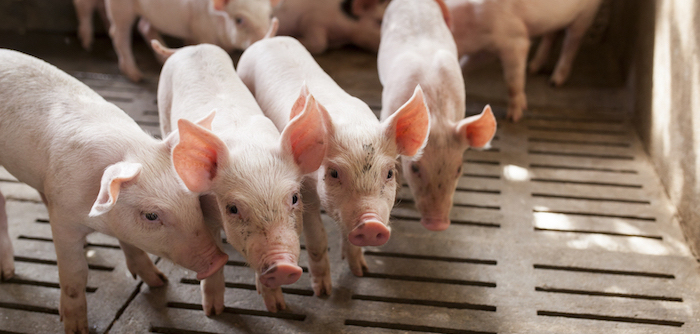The latest leg of my Nuffield Scholarship travels has enabled me to focus on researching my topic: ‘Antibiotic use in pig production – is there a need for systemic change?’
Dr Georgina Crayford is a Nuffield Scholar and the NPA’s senior policy adviser, with responsibility for health and welfare policy and Young NPA
Given that Nordic countries are often hailed as being a haven of low antibiotic use, I thought I would start my research there. So I spent two weeks in August visiting farms, vets and industry organisations in Finland, Sweden and Denmark.
In 2014, sales of antibiotics for use in food-producing animals in the UK amounted to 62.1 mg/PCU (population correction unit), while sales for the same period were lower in Finland (22.3mg/PCU), Sweden (11.5mg/PCU) and Denmark (44.2mg/PCU).
While premix accounts for the majority of antibiotics sales in the UK, in Finland and Sweden they are mostly delivered by injection. So, how are pig producers in these countries able to use fewer antibiotics? Most obviously, pigs in all three countries benefit from a foundation of good health.
Sweden and Finland enjoyed closed borders until they joined the EU in 1995, at which point schemes were put in place to establish import restrictions. Both are now free of porcine reproductive and respiratory syndrome virus (PRRSv), while Salmonella has been eradicated. Swine dysentery has been virtually eliminated in Finland and they also successfully eradicated enzootic pneumonia.
The backbone of Danish pig production is the SPF (Specific Pathogen Free) herd classification system, which involves regular testing for diseases and full transparency of the health status of Danish farms.
While only 22% of Danish herds have achieved the highest health status (free from EP, APP, swine dysentery, mange mite, lice, PRRSv and toxigenic Pasteurella multocida) more than two-thirds are classified as SPF and most new herds are stocked with SPF pigs.
With a third of Danish pig production exported as weaners, it’s in their interests to pursue and maintain high health as they can command a premium for it.
I had the pleasure of visiting a pig farm in the southern tip of Sweden, breeding 2,000 sows, averaging 33 pigs/sow/year, and marketing 55,000 30kg weaners a year. When I asked what the main reason was for their low antibiotic use, the farmer said it was down to having healthy sows, with good milk production, resulting in healthy piglets. Good climatic control of buildings, and being in a region with very few pig farms nearby were also important.
Managing disease is easier when key pathogens have been eradicated. The UK pig sector continues to battle on with endemic disease challenges and I think more support from Government and further up the supply chain will be needed to help improve the health status of the national herd.




